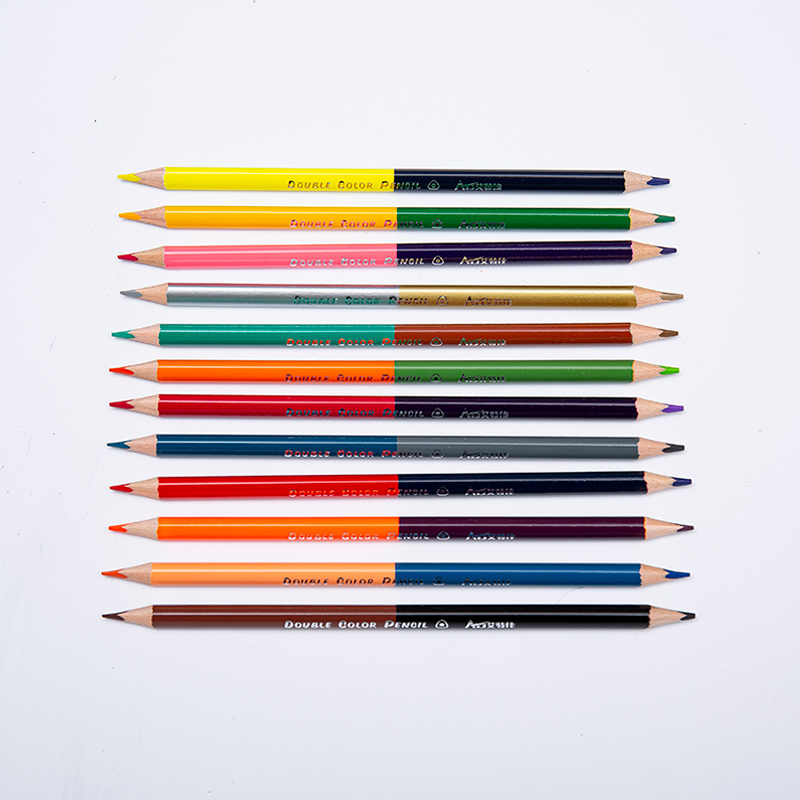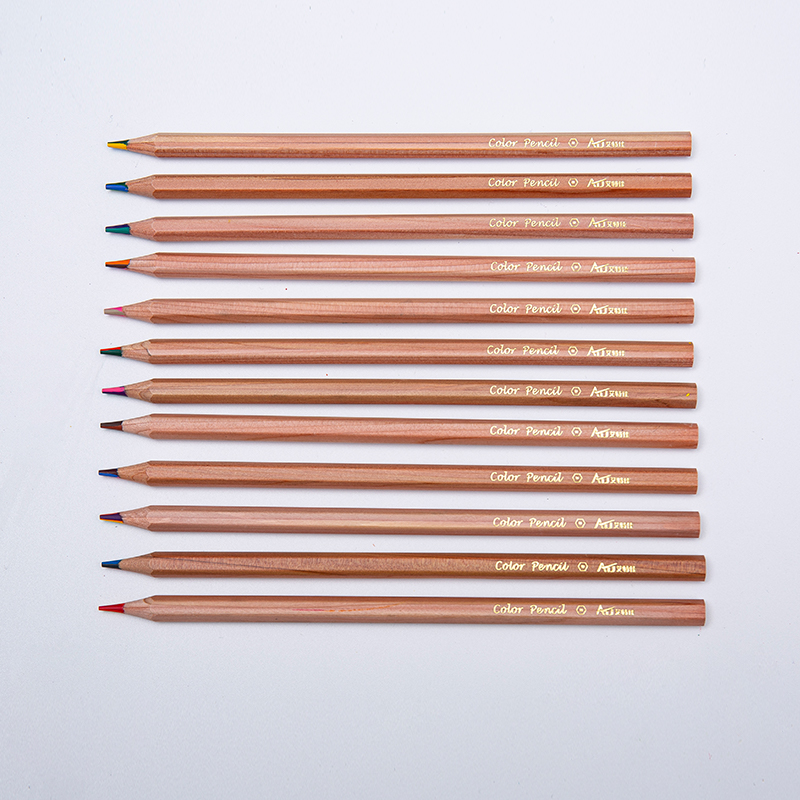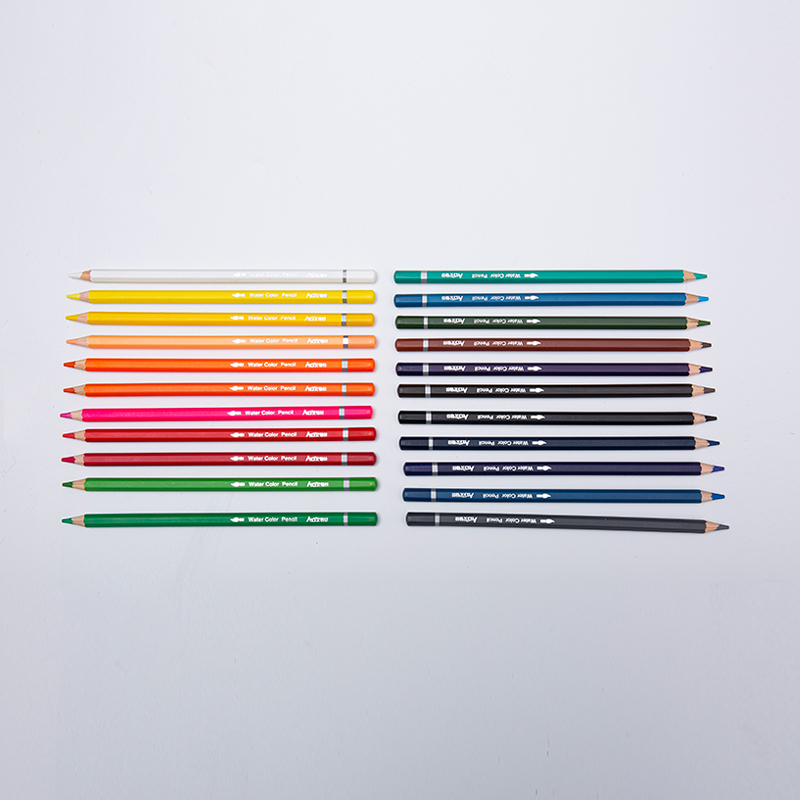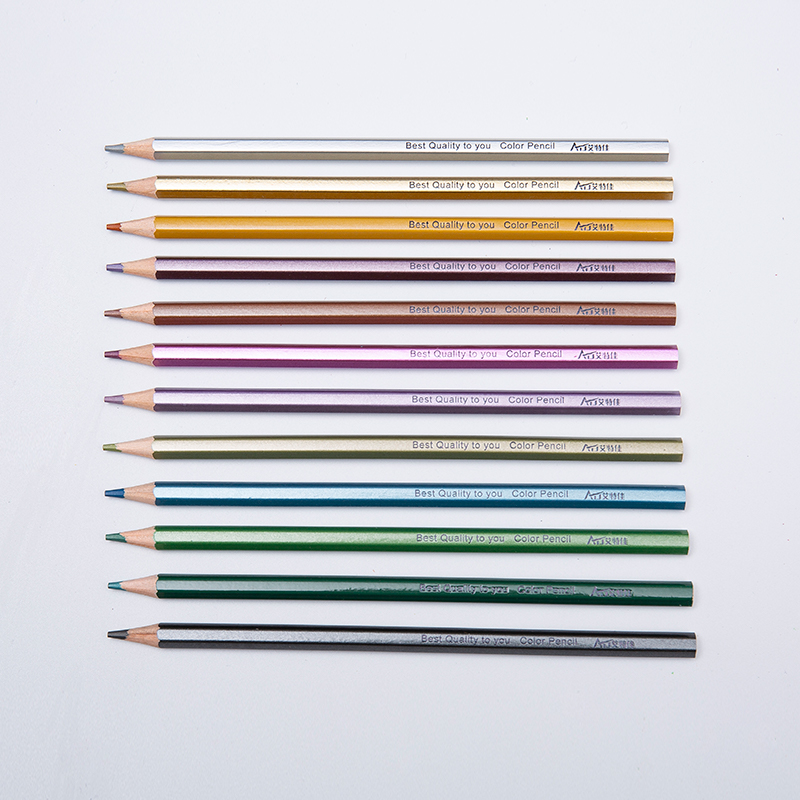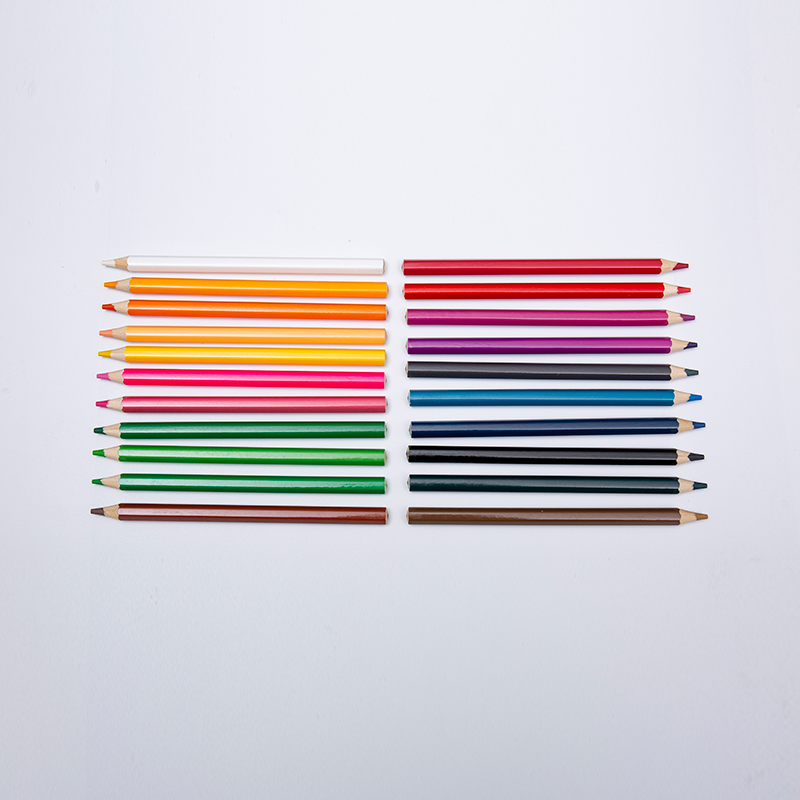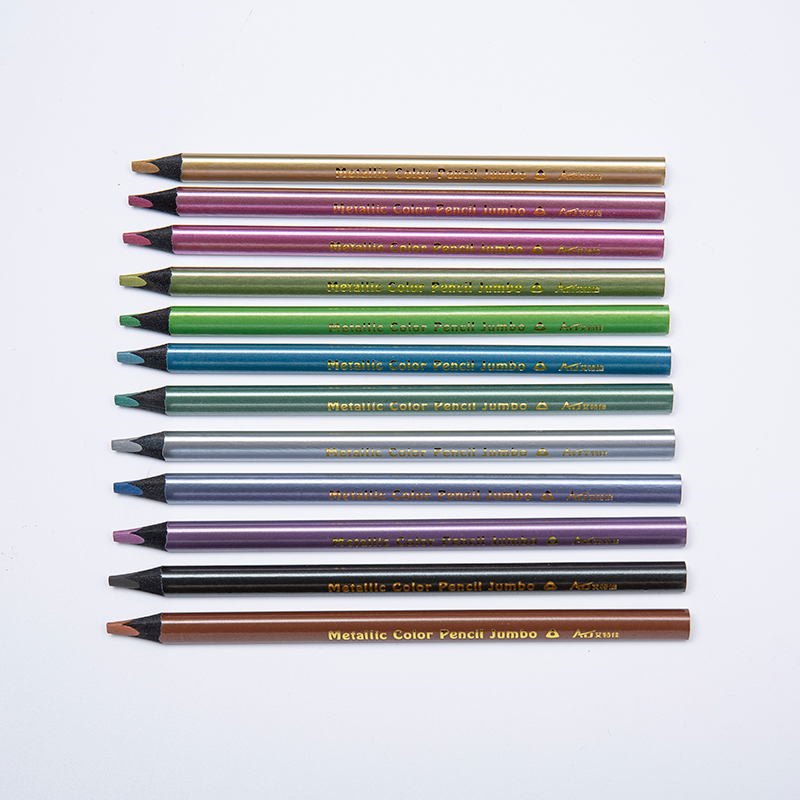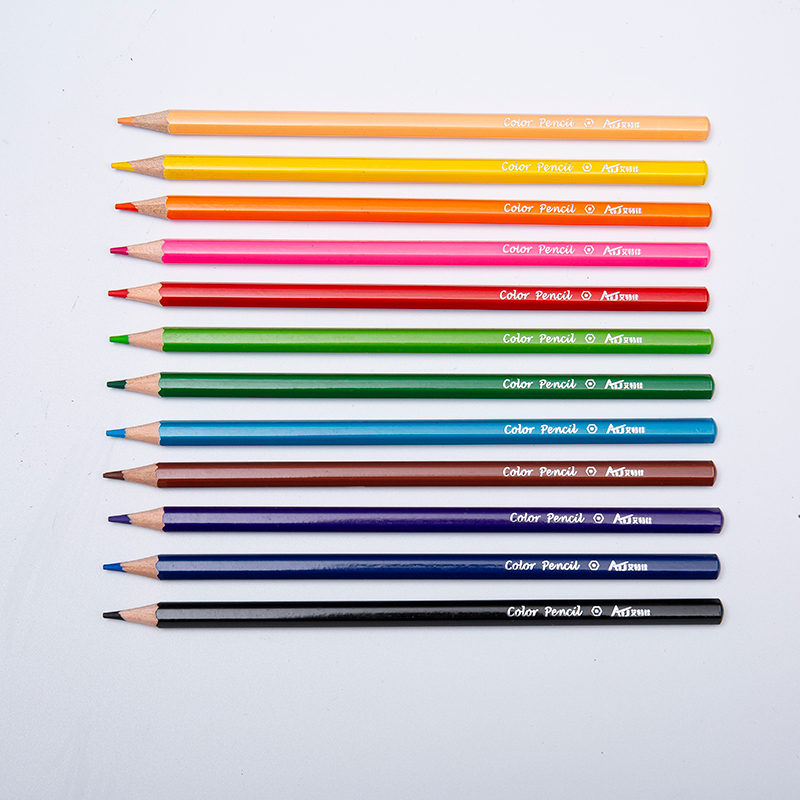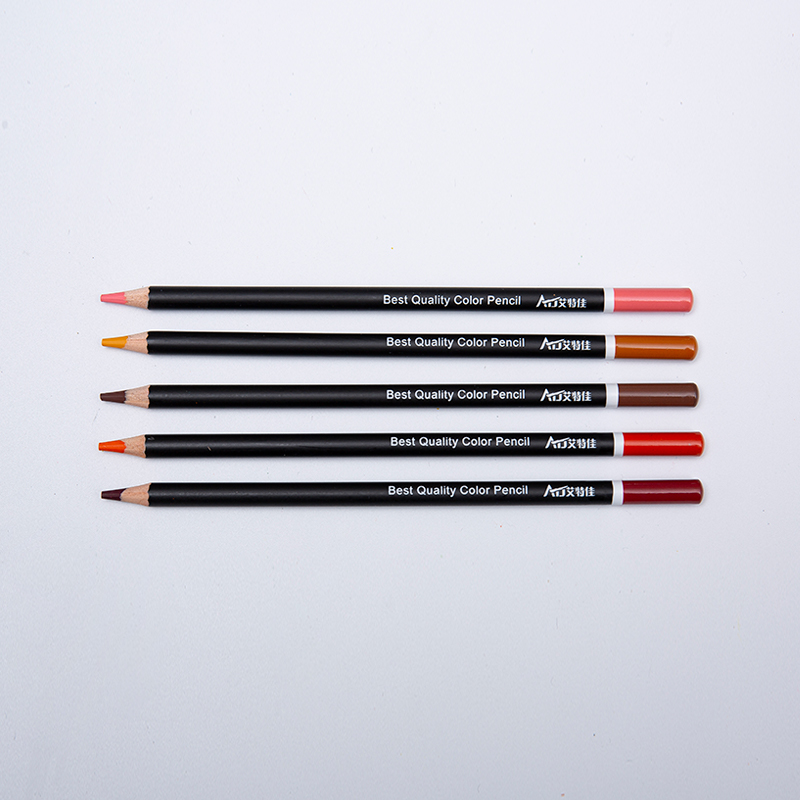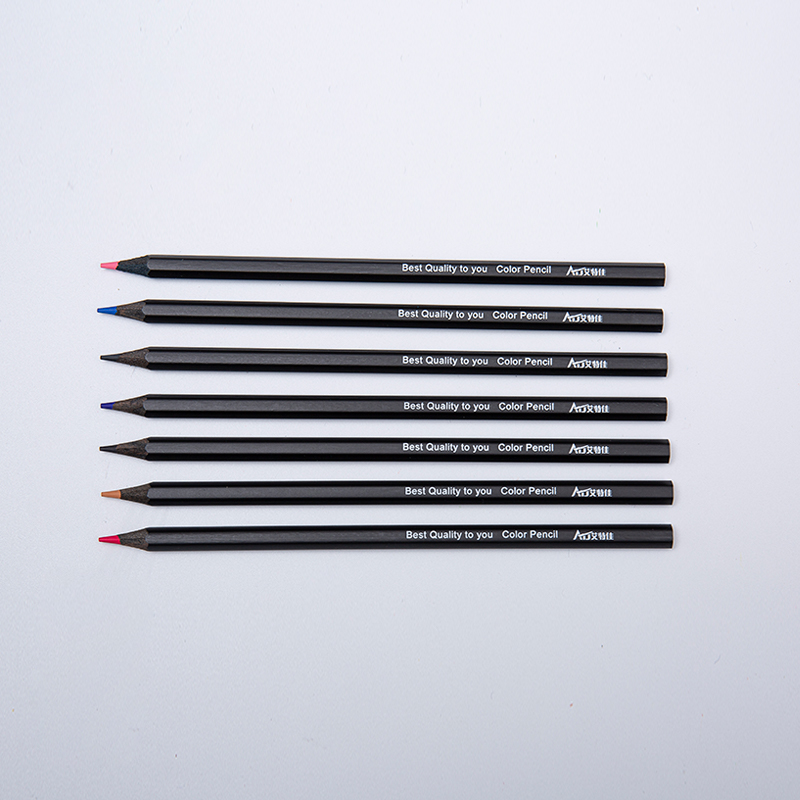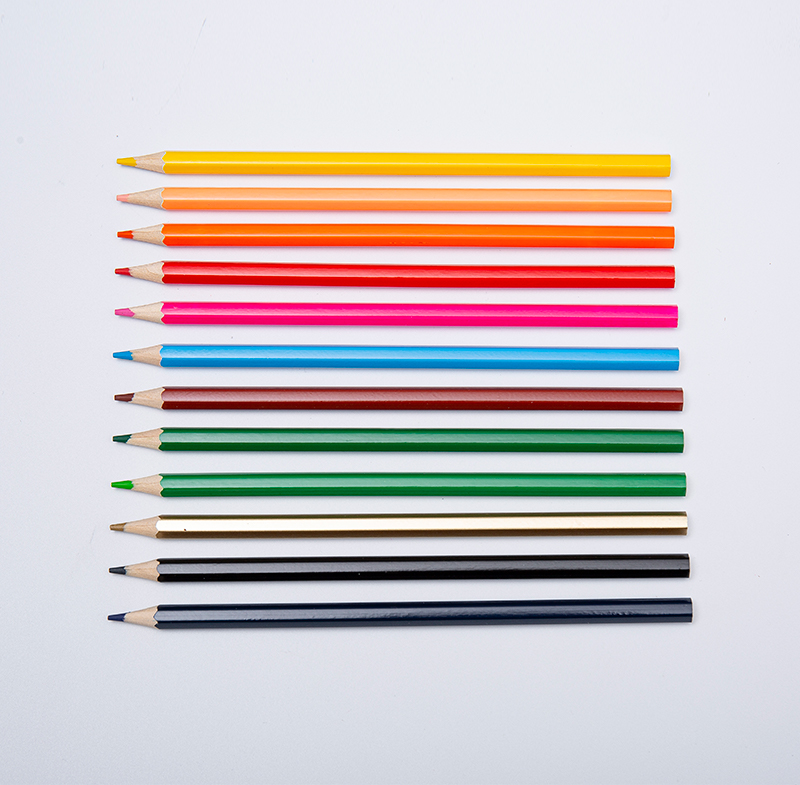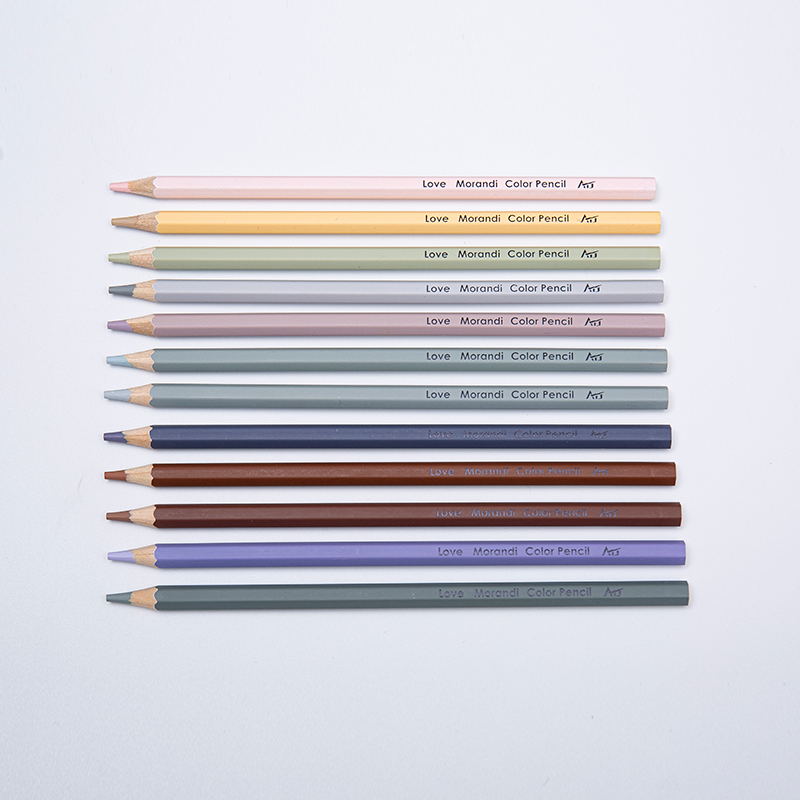In recent years, there has been a noticeable shift in school supplies, especially in the kinds of pencils being used by students. Among these, fat wooden pencils are becoming a popular choice in many classrooms. But what’s driving this trend? Are these larger writing tools just a passing preference, or do they offer genuine benefits over traditional options like graphite wooden pencils and standard School HB wooden writing pencils with erasers?
Let’s take a closer look at the growing interest in fat wooden pencils, how they compare to other common types, and what this means for students and teachers.
The Rise of Fat Wooden Pencils
Fat wooden pencils are thicker than standard pencils, making them easier to grip, especially for younger students or those with fine motor challenges. Teachers often recommend them for early learners because the larger barrel encourages correct finger placement and reduces hand fatigue. In classrooms where handwriting is still an essential part of learning, this can make a meaningful difference.
These pencils also tend to be more durable, with a stronger wooden casing that resists breaking during sharpening. As a result, fat wooden pencils last longer, making them a cost-effective choice for schools and parents alike.
Comparison With Graphite Wooden Pencils
When compared to graphite wooden pencils, fat wooden pencils serve a slightly different purpose. Graphite wooden pencils are versatile and widely used for writing, sketching, and shading. They are typically slimmer and better suited for older students and professionals who need precision in their writing or drawing.
However, fat wooden pencils fill a unique gap. They are not necessarily meant to replace graphite pencils but to support early development in writing skills. That said, many fat wooden pencils also use graphite cores, which gives them a smooth, consistent writing experience similar to that of traditional graphite wooden pencils.
Despite their differences, schools often stock both types to cater to students’ varied needs. It’s common to see School HB wooden writing pencils with erasers used alongside these other options in the same classroom.
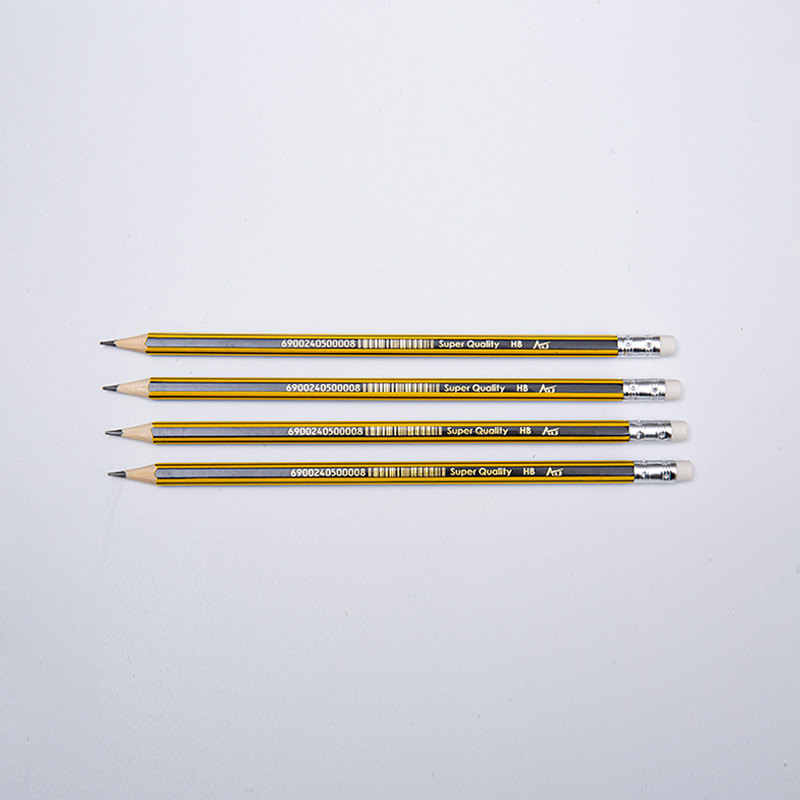
Why HB Wooden Writing Pencils with Erasers Remain Essential
School HB wooden writing pencils with erasers continue to be a staple in classrooms due to their balanced graphite level. They are neither too hard nor too soft, making them ideal for general writing tasks. The attached erasers add convenience, allowing students to quickly correct mistakes without needing separate erasers.
These HB pencils are also often used in standardized testing and other formal settings where uniformity in writing instruments is required. In comparison, fat wooden pencils may not be allowed in test situations due to their size or difference in graphite hardness.
Still, many schools now include fat wooden pencils, graphite wooden pencils, and School HB wooden writing pencils with erasers in their supply lists. Each serves a specific purpose, and together they meet a wide range of student needs.
The Bigger Picture: Customization and Choice
The increased use of fat wooden pencils reflects a broader trend in education—personalized learning tools. No longer is there a one-size-fits-all approach to school supplies. Teachers are more aware of how different tools can impact learning, motor development, and comfort.
This change is not just about comfort or style; it’s about giving students the tools to help them succeed. Whether that’s a sturdy graphite wooden pencil for older students or a School HB wooden writing pencil with an eraser for everyday use, or even a fat wooden pencil for beginning writers, each has a place in modern education.
In conclusion, the growing popularity of fat wooden pencils is part of a larger movement to provide students with tools that match their developmental needs. While graphite wooden pencils and School HB wooden writing pencils with erasers remain widely used and valuable, the introduction of new formats like fat wooden pencils gives students more options—and better outcomes.


 English
English  Français
Français عربى
عربى Español
Español 中文简体
中文简体